Robert Welles letter goes some way back up this fact as does his confession, Wells writes:
"I have welle understand my many meagges, as welle from my Lord of Warwicke, and they entended to make grete risinges, as forthorthy as ever I couth understand , to th’entent to make the duc of Clarence king…..Also, I say that had beene the said duc and erls provokings that we at this tyme would no durst have made eny commocion or sturing, but upon there comforts we did what we did”......Also, I say that I and my dadier had often times letters of credence from my said lordes.”
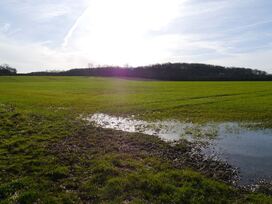
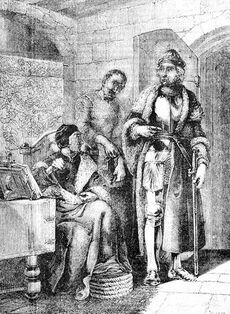
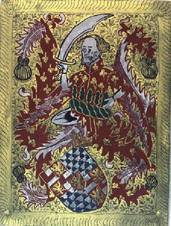
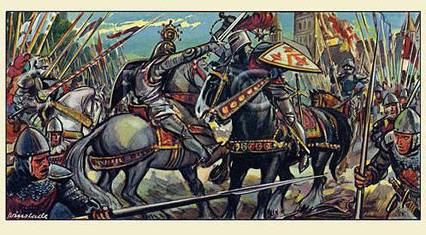
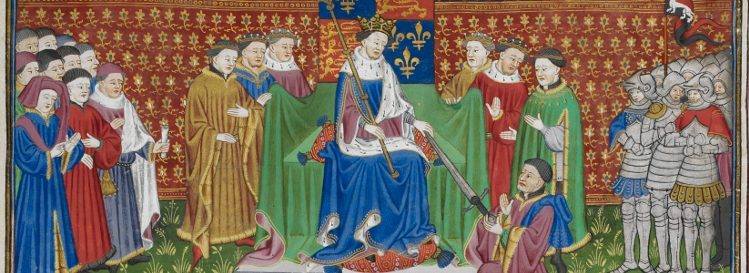
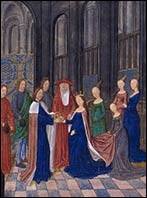
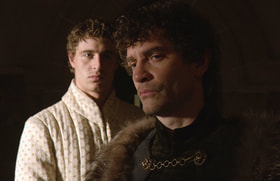
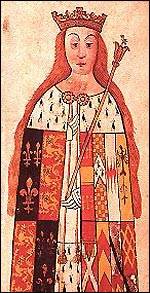
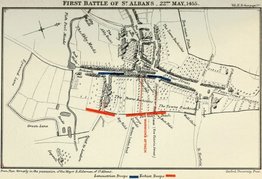
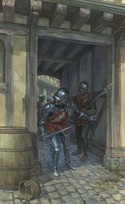
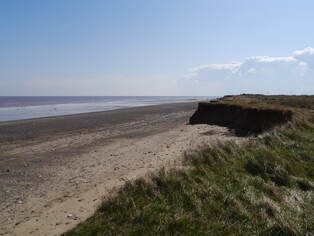
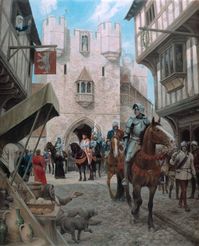
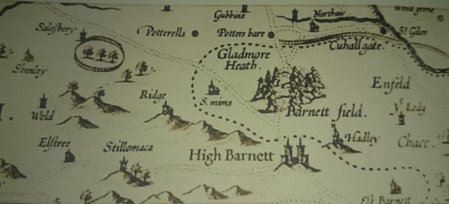
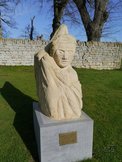

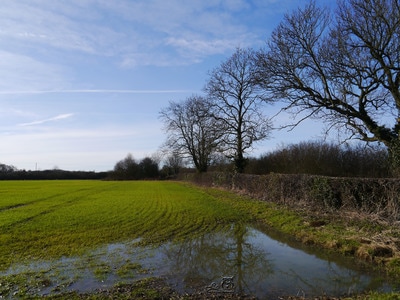
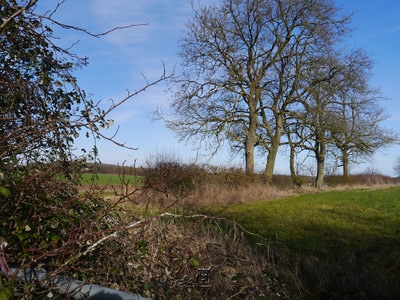
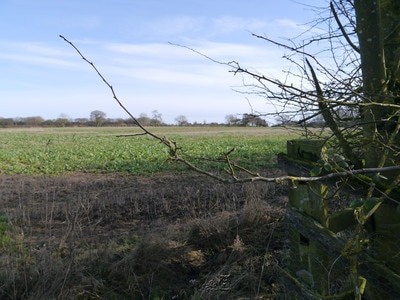
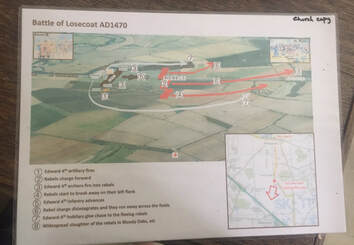
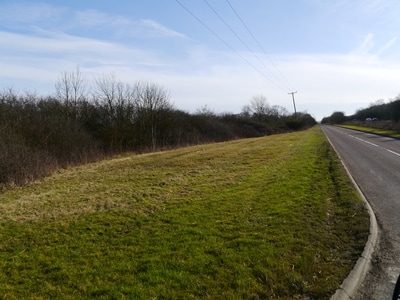

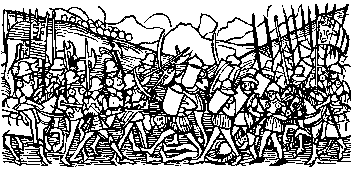
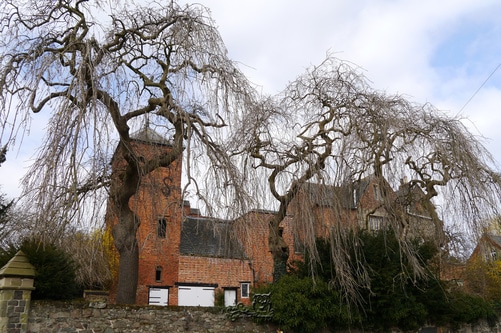
 RSS Feed
RSS Feed
